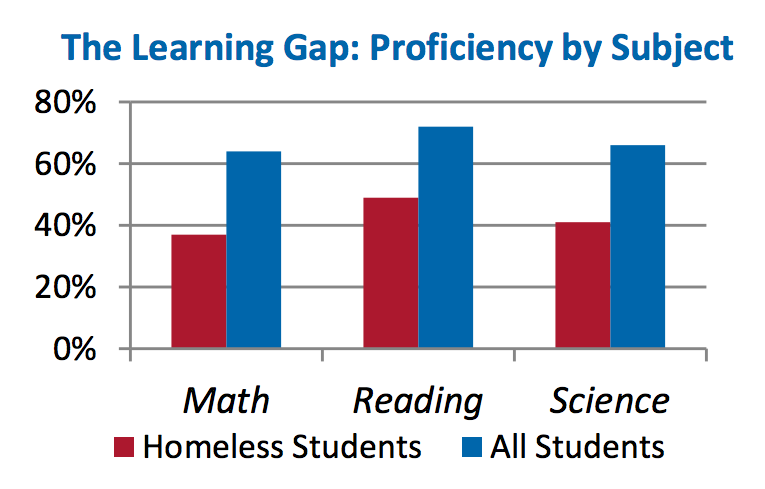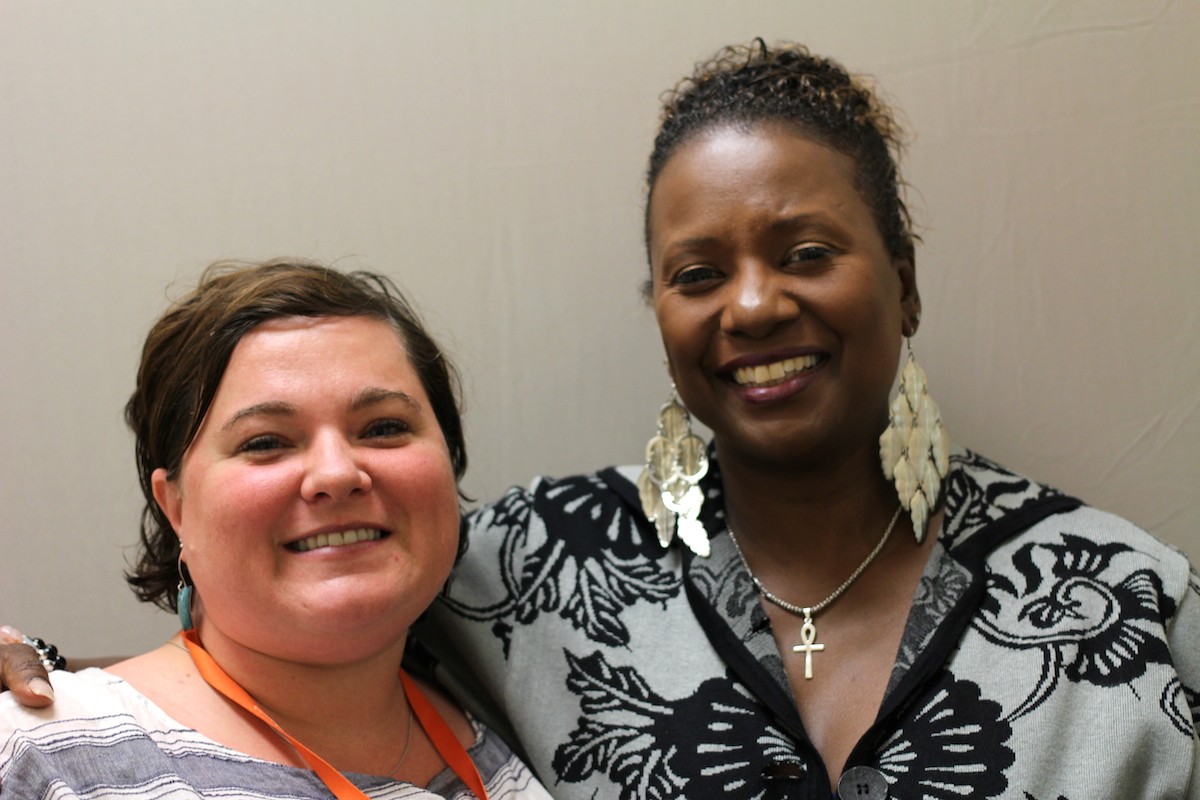Written by Denise Miller, Firesteel Advocacy Coordinator
In Washington state, there are more than 32,000 homeless schoolchildren. At least, that’s how many have been identified.
How can you tell a student is experiencing homelessness? There are a number of often-subtle clues, explains Dinah Ladd in the newest interview to come out of the StoryCorps “Finding Our Way” project.
A student’s dress can be an indicator, albeit an unreliable one because many students will make a huge effort to maintain their clothing so they won’t stand out from their peers.
Other signs include grogginess, depression, behavioral issues, and hunger, says Dinah. “As a teacher, I always had extra food in my classroom.”
Previously a teacher and an assistant principal, Dinah’s current job is to help identify unstably housed students and make sure they are connected with the resources they need to succeed. Her role as a homeless education liaison is an important one because homeless students often fall behind their peers. This chart shows the difference in educational achievement between students with and without homes:

“There are some of them that are persevering and they are being successful, but … a big majority of them are not. They often are dropping out of school, not making it through high school,” Dinah says of students who experience homelessness.
It’s great that school district staff like Dinah are focused on helping homeless students. The trouble is, there aren’t enough dedicated staff to address the huge needs in our state.
For example, Dinah is one of only two homeless education liaisons serving more than 2,100 homeless students in Seattle Public Schools, the state’s largest school district. Dinah points out that the best practice is for each school to have a homeless liaison who “can train their staff, and make sure that information is in the staff lounge, and that teachers know” how to support homeless students. That’s clearly not what’s happening in a district with 97 schools and only two liaisons.
“The teachers are not able to really get trained. That’s a huge barrier,” Dinah says. It means that homeless students are not being identified and connected with the services they need, like food and transportation.
This isn’t just a problem in Seattle. Many school districts across the state don’t have even one dedicated homeless education liaison, and liaison duties are tacked on to the job of an already busy administrator, secretary, counselor, transportation director, or even superintendent. On average, liaisons are only able to devote about two hours per week to their job duties, according to a 2014 analysis by the U.S. Government Accountability Office (GAO) that examined districts in four states (including Washington). More than a third of liaisons surveyed said their limited availability was a major barrier to identifying homeless children and getting them through school. (For more information, check out Columbia Legal Services’ helpful issue brief, “Student Homelessness in Washington State: What We Know.”)
The Homeless Student Stability Act, a bill that the state legislature is now considering, would help solve this problem by providing dedicated staff support for homeless student education liaisons as a component of basic education.
Our Firesteel network of YWCA’s across the state chose the Homeless Student Stability Act as one of our three policy priorities this year. Beyond having a direct, positive impact on families we serve, this policy seeks to address a broad social justice issue in our state. According to a recent report from the Washington Office of Superintendent of Instruction:
- Students of color are more likely to be homeless than white students, and
- Students experiencing homelessness are more likely to be expelled or found truant, especially African American, American Indian/Alaskan Native, and multiracial students and students receiving special education services.
It’s time to close the opportunity gap and ensure that all children have a chance to get a good education.
Dinah sums it up: “We want the kids to be successful because they’re our future.”
What you can do
- Get in touch with lawmakers in Olympia. Tell them why you support the Homeless Student Stability Act (House Bill 1682, Senate Bill 5065). Not sure who your elected officials are? Not a problem! Just call the legislative hotline at 1.800.562.6000, and a friendly operator will look up your lawmakers and take a message for them. Or find your legislators online.
- Spread the word! Share this post with your Twitter and Facebook networks.
- Share your story. Do you have a story about how homelessness has affected you or a student in your life? Let us know.
